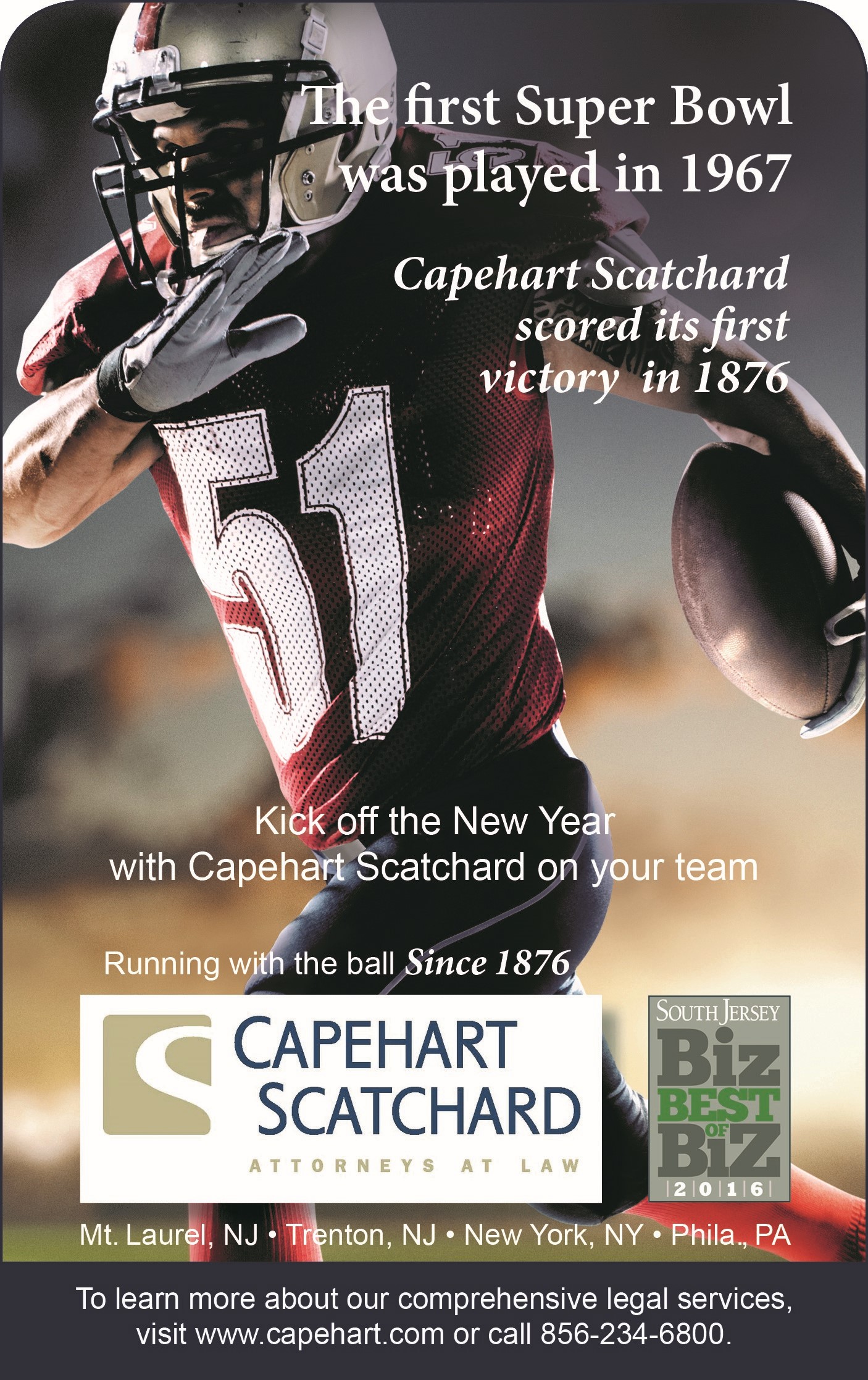Casual Employment and Independent Contractor Defenses Often Overlap
Many clients ask what the difference is between the defense of independent contractor and casual employment. The truth is that the defenses are very similar, and one important case, Berkeyheiser v. Mollie S. Woolf, 71 N.J. Super. 171, (App.Div. 1961), illustrates this point.
The case involved a man who worked full time for St. Regis Paper Company as a pipefitter five days a week, seven and one half hours per day. From time to time, he performed some odd jobs for Mollie S. Woolf, who owned several buildings. He repaired some doorbells in buildings in 1956. In September 1957, he repaired a damaged ceiling in a building. He also installed some shields over doorbells to prevent children from unnecessarily pushing on them. In November 1957, he repaired apartment windows that had been damaged and installed two window sashes in an apartment. In February 1958 he repaired some outlets and worked all day.
On July 12, 1958, Mr. Berkeyheiser borrowed a drill from his son and started to install an electric outlet for a refrigerator in the home of Mollie S. Woolf. The drill struck a live wire and caused injury to his right eye and facial scars. He filed a workers’ compensation claim.
The facts showed that Mr. Berkeyheiser did not hold himself out to the general public as a repair person. He had only done some repair work for one other person besides respondent. The respondent would provide the equipment, of if she did not have the equipment, Berkeyheiser would purchase it and bill respondent. He was paid by the hour and there was no withholding from his pay.
The Judge of Compensation found petitioner to be an independent contractor, and the County Court affirmed. Berkeyheiser appealed and argued that the work he performed was essential to the maintenance and operation of respondent’s business, the so-called relative nature of the work test.
The Court said, “Overlapping between casual employees and independent contractors is common, and it is not unusual that a petitioner falls into either or both unprotected classes.” The Appellate Division held that there a number of factors arguing against employment here. Petitioner had a regular and permanent full-time job at a substantial salary. He had no expectation of regular and steady employment by the respondent and only worked when the need arose. He did not perform repairs on a scheduled basis but would choose the times when he would appear to make repairs.
We conclude that the character of the work was such as to preclude petitioner from the right to compensation under the Workers’ Compensation Act. We have accepted all his factual contentions as true, but they do not establish the essential existence of an employer-employee relationship. Whether he was more a casual employee or an independent contractor need not be decided. There is no merit to petitioner’s claim that would justify an award, either within the letter or spirit of this remedial legislation.
This case is useful for practitioners in dealing with these two very close cousins: the independent contractor defense and the casual employee defense.








Connect with Capehart Scatchard